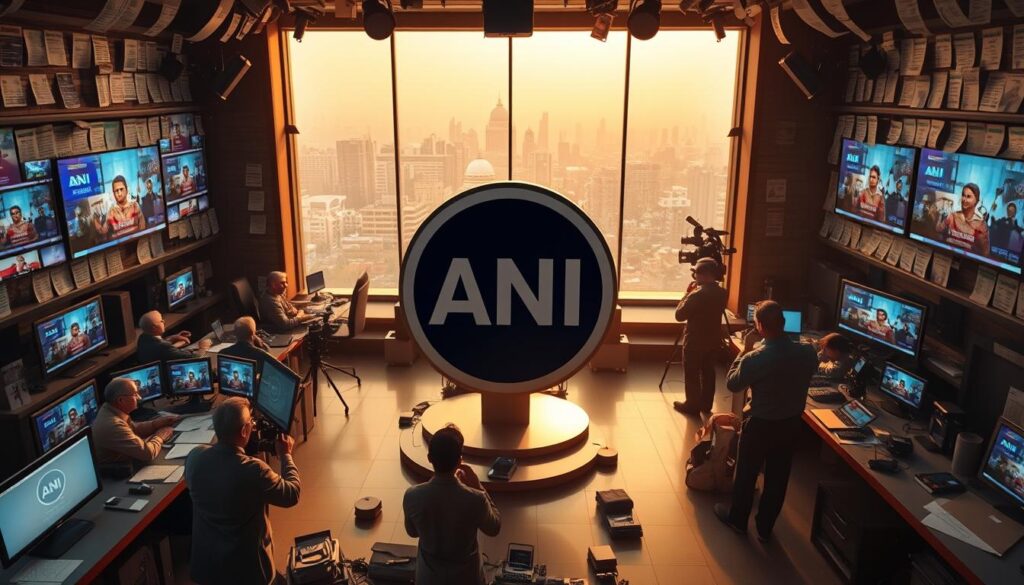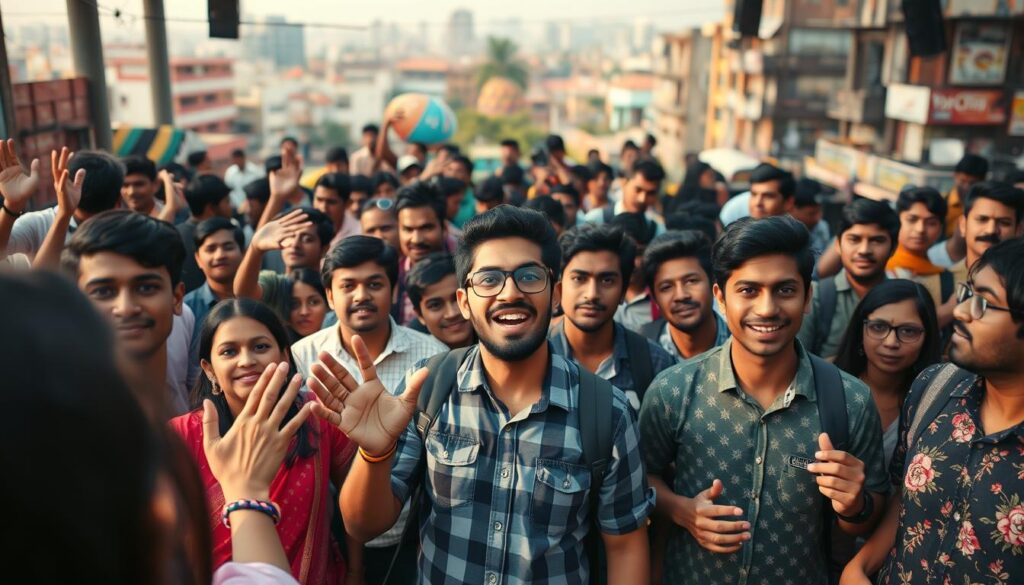
The ongoing clash between ANI and YouTubers in India has sparked a heated debate about the misuse of copyright law. As content creators continue to push the boundaries of free expression, the lines between fair use and copyright infringement are becoming increasingly blurred.
The controversy surrounding ani vs youtubers raises important questions about the impact of copyright law on the Indian media landscape. Are content creators being unfairly targeted, or are they exploiting loopholes in the system?
This complex issue demands a nuanced understanding of the legal and social implications. As we explore this topic, we must consider the potential consequences for creators, consumers, and the future of media in India.
Key Takeaways
- The controversy between ANI and YouTubers highlights the need for clearer copyright laws.
- Content creators are caught in the middle, facing potential legal repercussions.
- The Indian media landscape is evolving, with new challenges and opportunities arising.
- Fair use and copyright infringement are becoming increasingly difficult to distinguish.
- The outcome of this debate will have significant implications for the future of media in India.
The Digital Content Battlefield in India
India’s digital battlefield is witnessing a clash between traditional media and new-age content creators. This conflict is largely centered around copyright laws and the use of content.
The Rapid Evolution of India’s Media Ecosystem
The Indian media landscape has undergone significant changes in recent years, driven by technological advancements and changing consumer preferences. Traditional media houses are facing stiff competition from digital content creators who are producing engaging and relevant content for the younger generation.
The rise of social media platforms and video-sharing apps has enabled creators to reach a wider audience, bypassing traditional distribution channels. This shift has led to a proliferation of diverse content, catering to various niches and interests.
Clash Between Traditional and New Media Platforms
The increasing popularity of digital content creators has led to a clash with traditional media platforms. ANI, a prominent news agency, has been at the forefront of this conflict, asserting its copyright claims against YouTube creators.
| Aspect | Traditional Media (ANI) | New Media (YouTubers) |
|---|---|---|
| Content Ownership | ANI retains ownership of its content | YouTubers often use ANI’s content, raising copyright concerns |
| Distribution Channels | Primarily through traditional news outlets | Mainly through YouTube and other social media platforms |
| Audience Engagement | Typically formal, fact-based reporting | Often more engaging, with analysis and commentary |
Who is ANI and Why Does it Matter?
Understanding the ANI vs YouTubers debate requires a closer look at ANI’s role in Indian media. ANI, or Asian News International, has been a pivotal news agency in India, influencing how news is consumed and disseminated.
ANI’s History and Position in Indian Media
ANI was founded with the aim of providing comprehensive news coverage across India. Over the years, it has established itself as a credible source of news, supplying content to various media outlets. Its extensive network allows it to cover a wide range of stories, from political developments to social issues.

Business Model and Revenue Streams
ANI’s business model is primarily based on providing news content to media houses, including television channels, newspapers, and online news portals. It generates revenue through subscription fees paid by these media outlets for access to its news content. Additionally, ANI offers customized news services to its clients, further diversifying its revenue streams.
Relationships with International News Agencies
ANI has forged partnerships with several international news agencies, enabling it to provide global news coverage to its clients. These collaborations not only enhance the breadth of its news offerings but also facilitate the exchange of news between India and the rest of the world. Key aspects of these relationships include:
- Exchange of news content
- Collaborative news gathering efforts
- Access to international news networks
By understanding ANI’s history, business model, and international collaborations, we can better grasp the nuances of the ANI vs YouTubers debate. The role of ANI in shaping India’s media landscape is significant, and its interactions with emerging media platforms like YouTube are redefining the contours of news dissemination and consumption.
The YouTube Revolution in India
India’s YouTube revolution has given birth to a new generation of content creators who are redefining the media landscape. This shift has not only transformed the way Indians consume entertainment but also how they access news and information.

Explosive Growth of Indian Content Creators
The number of content creators on YouTube in India has seen explosive growth over the past decade. With the proliferation of smartphones and affordable internet, creators from diverse backgrounds are now able to produce and disseminate content to a vast audience.
This growth has led to a diverse ecosystem where creators can cater to niche audiences, making content that was previously unprofitable now viable.
News Commentary and Political Analysis Channels
A significant segment of Indian YouTubers focuses on news commentary and political analysis. These channels have become immensely popular, offering viewers alternative perspectives on current events and political developments.
The rise of these channels reflects a shift in how Indians consume news, with many preferring the in-depth analysis and commentary available on YouTube over traditional news sources.
Economic Impact of the Creator Economy
The creator economy in India, fueled by platforms like YouTube, has significant economic implications. It has created new job opportunities and revenue streams for creators, advertisers, and associated businesses.
The economic impact extends beyond direct employment, contributing to the growth of related industries such as digital marketing and content production services.
The Copyright Controversy Unpacked
The ongoing dispute between ANI and YouTubers has sparked a heated debate about the misuse of copyright law in India. At the heart of the issue is the question of whether ANI is using copyright claims to suppress criticism and maintain its dominance in the Indian media landscape.
The ani vs youtubers ranking controversy highlights the complexities of copyright law in the digital age. As YouTubers continue to gain popularity, traditional news agencies like ANI are facing challenges in adapting to the changing media ecosystem.
The outcome of this dispute will have significant implications for the future of digital content creation in India. If ANI is found to be misusing copyright law, it could set a precedent for other media organizations and creators.
As the digital landscape continues to evolve, it is essential to strike a balance between protecting intellectual property rights and promoting free speech and creativity.




